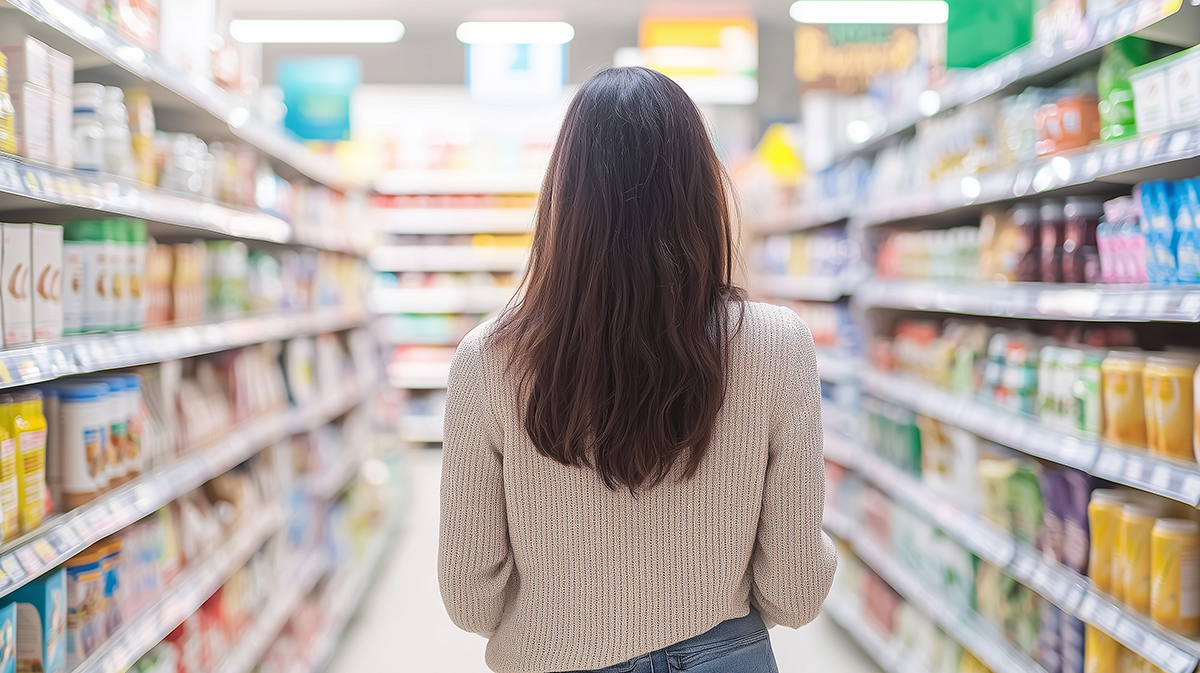-
Industry Topics
- Asset Protection
- Biotechnology
- Crisis Management
- Diversity, Equity & Inclusion
- Food Assistance Programs
- Food Price Inflation
- Fresh Foods
- Frozen Foods
- Health & Well-being
- Independent Operator
- Labeling
- Labor & Employment
- Nonfoods
- Omnichannel
- Payments
- Pharmacy
- Private Brands
- Supplier Diversity
- Supply Chain
- Sustainaiblity
- Technology
- Total Store Collaboration
- Wholesaler
- Workforce & Talent
- Research & Insights
- Events & Education
- Food Safety
- Government Affairs
- Get Involved
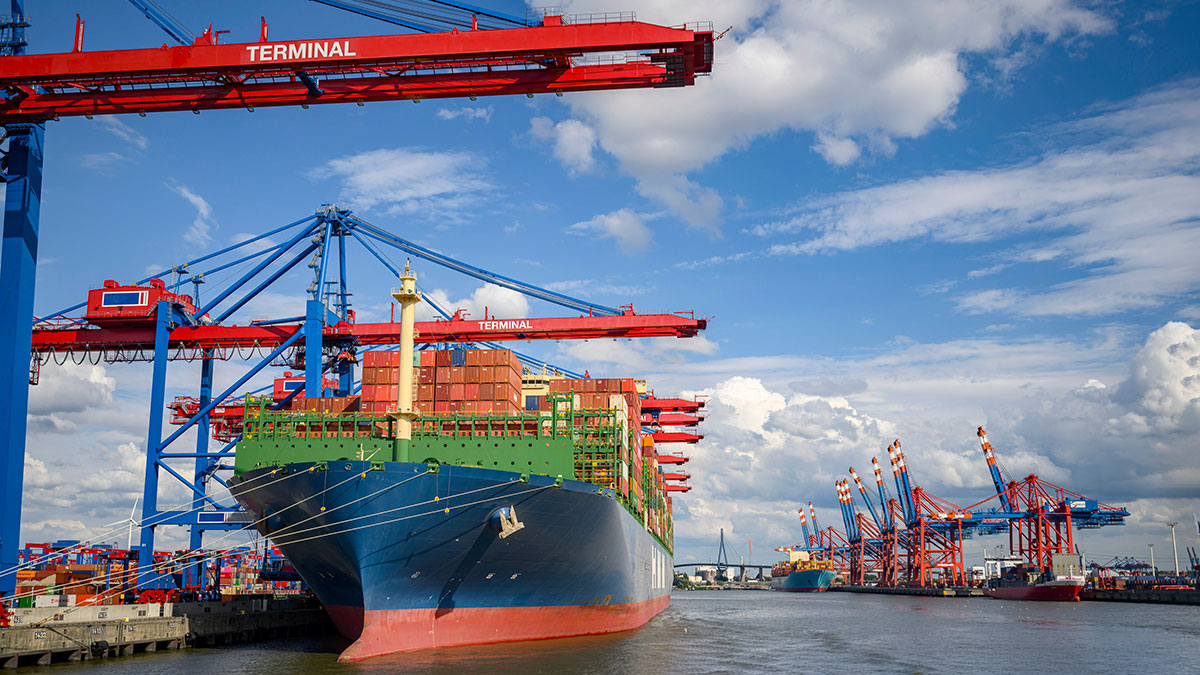
Tariff Resources
This page has resources for the food industry related to tariffs on imports from other countries.
Tariffs FAQ
Tariffs are levies or duties that a government imposes on goods imported from other countries.
According to Rodney Sullivan, executive director of the Mayo Center of Asset Management at the University of Virginia’s Darden School of Business, “Tariffs directly affect the price of imported goods, which can lead to higher consumer prices and can alter trade dynamics and international relations. They are also used to indirectly protect domestic industries by making foreign products less competitive. So, in addition to being a source of revenue, they can protect domestic industries, counteract unfair trade practices and act as leverage in negotiations.” [Source]
The Trump administration has cited a number of different rationales for imposing tariffs on imports into the United States. In the case of Canada, Mexico, and China, the President indicated tariffs are a response to his concerns about reducing the flow of fentanyl into the U.S. and fighting illegal immigration. The reciprocal tariffs proposed on April 2nd were a response to other countries tariffs on U.S. exports. Duties on steel and aluminum and automobiles were proposed as a tool to help boost U.S. manufacturing. President Trump is also a strong proponent of tariffs to reduce the trade deficits between the United States and other countries, which he believes harms American manufacturing and jobs.
Tariffs are paid for by the importing entity, in this case U.S. businesses. Foreign countries and their companies do not directly pay the tariffs.
Much of the food imported into the U.S. either cannot be produced domestically because of climate conditions or supports U.S. production outside of the domestic growing season.
Currently, the U.S. imports approximately 17% of all food and beverages consumed by Americans, according to the USDA. But this varies dramatically within certain categories. For example, more than 40% of vegetables and melons, and more than 50% of fruits and tree nuts are imported.
According to the USDA, in 2023, the United States imported more than 20 million metric tons of agricultural products worth more than $40 billion from Canada. Similarly, more than 16 million metric tons of agricultural goods worth more than $45 billion came from Mexico.
As two of our largest trading partners, a significant portion of imports come from Canada and Mexico. Some of the largest categories of product imports from Canada include grains ($9 billion), oilseeds ($8 billion), food grade oils ($6 billion), vegetables ($5 billion) and cocoa ($2 billion).
Significant Mexican imports include fruits ($10 billion), vegetables ($10 billion), malt beverages ($6 billion), distilled spirits ($5 billion), grains ($3 billion), sugar ($2 billion), and red meat ($2 billion).
The good news is that food and agricultural products from Canada and Mexico will continue to enter the U.S. without tariffs for the time being.
Grocery shoppers share mixed expectations for the year ahead, and in a recent FMI survey, U.S. consumers cited increased tariffs on imported foods as their top concern for food availability and affordability in the coming year. Americans have weathered a difficult four years of COVID, supply chain shortages, and high food price inflation and are clearly hoping for a more stable and predictable road ahead.
Inflation for food-at-home has risen 2.4% over the past year, demonstrating that grocery prices continue to face headwinds in this uncertain economic environment. In that same shopper snapshot, 79% of consumers cited feeling “some” or “a lot” of control over groceries as part of their overall household expenses. But, as resilient as American shoppers have been, tariffs and the likelihood of further food price inflation threatens to upend this sense of control.
The answer is…it depends and varies based on the specific product. While certain commodities that are minimally processed (like bananas tropical fruits may experience more significant cost increases, tariffs do not result in a simple one-to-one increase. For instance, a 10% tariff does not mean that your grocery bill will also go up by 10%. One reason for this is because much of our food supply is produced domestically and therefore not subject to tariffs, while conversely, imported food products that come from other countries are subject to varying reciprocal tariff rates.
It's also important to consider that the packaged goods found in the center aisles of grocery stores contain numerous ingredients, and a tariffed item might only be one component of that product. For example, nuts like cashews coming from Vietnam may be subject to a 10% tariff, but granola bars sold in grocery stores also contain oats, raisins and other ingredients that may be produced domestically. Therefore, while cashew prices may increase, the impact of the tariff on granola bars could be more limited depending on the source of the ingredients.
Shoppers may need to be flexible if their favorite imported products are impacted, as alternative product options are available on store shelves. All customers should rest assured that their stores and food manufacturers on their side and committed to serving them regardless of these challenges.
Due to a number of factors, it is difficult to say if, when, and to what extent consumer prices may be impacted. Shelf-stable items are more insulated from these effects because, as non-perishable goods, there is significant capacity already in the supply chain in warehouses or in stores that are not subject to tariffs since they are already in the country. Depending on how long tariffs are in place and as companies replenish their inventories, that could change.
Perishable items may witness price effects more quickly, since imports must happen more frequently to ensure stores are able to secure high-quality products. Since this situation remains fluid, it may take some time to fully understand the true impact of tariffs on grocery prices.
If companies can demonstrate through documentation that their goods have already left their port of origin and are en route to the United States before the tariffs enter into effect, those items should not be subject to tariffs. However, companies may need to work with U.S. Customs and Border Protection to secure relief. Anything shipped after the date that tariffs go into effect would be subject to the increased import duties.
Food retailers and manufacturers are evaluating their supply chain vulnerabilities and assessing where they can consider alternative sources. Still, these companies recognize the need for nimbleness since a foreign-based supplier of one product or ingredient may be safe from tariffs today and subject to them in the future based on the President’s economic agenda.
An estimate from The Budget Lab at Yale University said long-term prices of pharmaceutical products in the U.S. will be 1.1% higher after shifts in the supply chain.
Nearly every pharmaceutical drug in the supply chain will be affected by the tariffs on China and their retaliatory tariffs – from the precursor chemicals to the injectors used to administer drugs like GLP-1s.
FMI Tariff Blog Posts
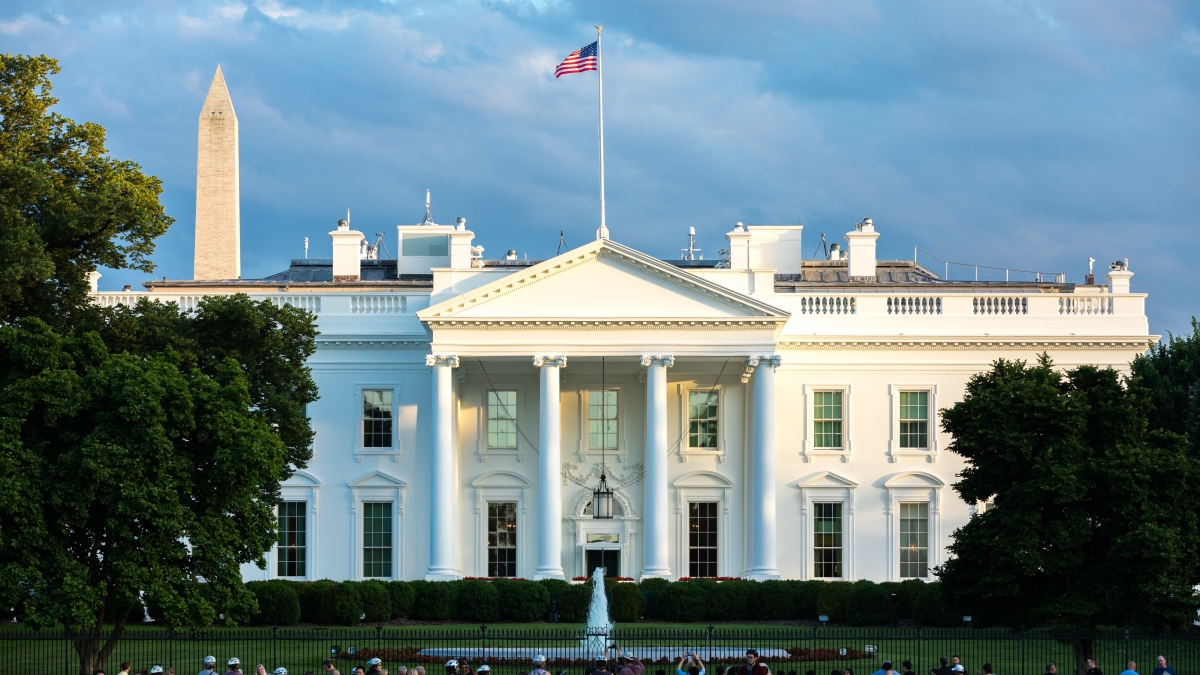
The First 85 Days of the Trump Administration

Questions?
For questions or more information, please contact FMI’s Vice President, Tax, Trade, Sustainability and Policy Development, Andy Harig.Contact Andy

Questions?
For questions or more information, please contact FMI's Senior Vice President, Insights, Education & Communications, Heather Garlich.
Contact HeatherFMI Resources
Comprehensive: Coronavirus and Pandemic Preparedness for the Food Industry
Food Retailers COVID-19 Protection Practices Infographic
Mega Menu
 Industry Topics address your specific area of expertise with resources, reports, events and more.
Industry Topics address your specific area of expertise with resources, reports, events and more.
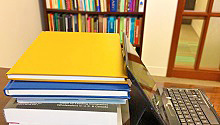 Our Research covers consumer behavior and retail operation benchmarks so you can make informed business decisions.
Our Research covers consumer behavior and retail operation benchmarks so you can make informed business decisions.
 Events and Education including online and in-person help you advance your food retail career.
Events and Education including online and in-person help you advance your food retail career.
 Food Safety training, resources and guidance that help you create a company food safety culture.
Food Safety training, resources and guidance that help you create a company food safety culture.
 Government Affairs work — federal and state — on the latest food industry policy, regulatory and legislative issues.
Government Affairs work — federal and state — on the latest food industry policy, regulatory and legislative issues.
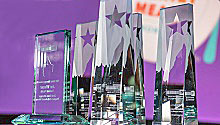 Get Involved. From industry awards to newsletters and committees, these resources help you take advantage of your membership.
Get Involved. From industry awards to newsletters and committees, these resources help you take advantage of your membership.
 Best practices, guidance documents, infographics, signage and more for the food industry on the COVID-19 pandemic.
Best practices, guidance documents, infographics, signage and more for the food industry on the COVID-19 pandemic.
© FMI All rights reserved.
Website design by Matrix Group International, Inc. ®
-
fmi-icon-frozen-goods
-
fmi-icon-workforce
-
fmi-icon-certificate
-
fmi-icon-pharmacy
-
fmi-icon-food-safety
-
fmi-icon-asset-protection
-
fmi-icon-education force-icon-3
-
fmi-icon-research
-
fmi-icon-government-affairs
-
fmi-icon-get-involved
-
fmi-icon-industry-topic force-icon-3
-
fmi-icon-labeling
-
fmi-icon-corporate-social-responsibility
-
fmi-icon-payments
-
fmi-icon-crisis-management
-
fmi-icon-private-brands
-
fmi-icon-food-assistance
-
fmi-icon-supplier-diversity
-
fmi-icon-fresh-foods
-
fmi-icon-supply-chain
-
fmi-icon-general-merchandise
-
fmi-icon-technology
-
fmi-icon-health-wellness
-
fmi-icon-total-store-collaboration
-
fmi-icon-Health-Reform
-
fmi-icon-wage-labor
-
fmi-icon-independent-operator
-
fmi-icon-wholesaler-topic
-
fmi-icon-newsroom force-icon-3
-
fmi-icon-tax-reform
-
fmi-icon-about_icon force-icon-4
-
fmi-icon-about_icon
-
fmi-icon-cart
-
fmi-icon-blog_icon force-icon-5
-
fmi-icon-cart
-
fmi-icon-Communications
-
fmi-icon-omnichannel
-
fmi-icon-biotechnology-topic
